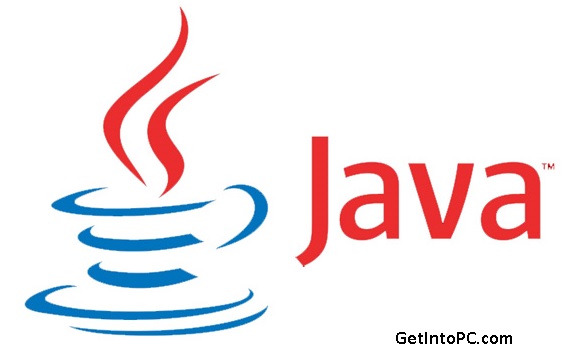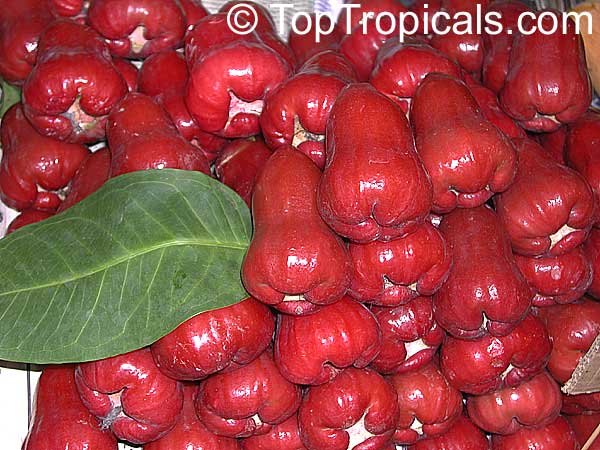This article explains how to install Java 6 32bit on Mac OSX 10.10 Yosemite.
Java+You, Download Today! Java Download » What is Java? » Uninstall About Java.
Java 6 32bit is required when using the 32bit installer for PDF Studio – a powerful, low cost Adobe® Acrobat® alternative for Mac OSX. Note that the 32bit installer is no longer the recommended installer. The new recommended installer for PDF Studio is 64bit and does no longer require Java 6.
Steps to install Java 6 If you wish to continue with the old / original installer
Q: I upgraded my mac to OSX 10.10 Yosemite & 10.11 El Capitan and I am having trouble opening PDF Studio. I receive the message: “To open “PDF Studio 9” you need to install the legacy Java SE 6 runtime.” How can I fix this?
A: Like other applications such as Dreamweaver or Creative Suite, PDF Studio requires Java 6 in order to run. During the upgrade process to Mac OS X 10.10 Yosemite or 10.11 El Capitan, Java may be uninstalled from your system. In order to reinstall and run PDF Studio you will need to install the Java 6 Runtime again. You may receive a dialog that will direct you to the site where you can download the Java 6 Runtime. Once installed you can proceed as normal with installing and using PDF Studio. You can follow the instructions below to complete the Java 6 installation.
Installing Java SE 6 Runtime
- Click on the “More Info…” button. The “More Info” button may be broken on some Yosemite minor versions. If so, go to the Mac Support site (support.apple.com/kb/DL1572) to download Java 6.
- Click on the Download button on the Mac support page
- This will begin downloading the Java installer. You can see the current status of the download on your dock.
- Once the download is complete, click on the downloads icon on the dock to open the download folder. Then click on the file labeled JavaForOSX2014-001.dmg to open the download.
- Then double click on the JavaForOSX.pkg file to open the Java 6 installer
- Follow the installation instructions to complete installing Java 6 on your system
- Once the installation is complete you can proceed as normal with installing and/or using PDF Studio. In some cases, you may need to reinstall PDF Studio as well due to the way that the Mac OSX 10.10 upgrade rearanges the files on the system.
If you come across any issues at all please feel free to let us know by going to Help->Email Support or sending us an email directly to studiosupport@qoppa.com.
Suggested Articles

This topic includes the following sections:
System Requirements for Installing the JDK on macOS
The following are the system requirements for installing the JDK on macOS:

Any Intel-based computer running macOS.
Administrator privileges.
You cannot install Java for a single user. Installing the JDK on macOS is performed on a systemwide basis for all users. Administrator privileges are required to install the JDK on macOS.
Determining the Default JDK Version on macOS
When starting a Java application through the command line, the system uses the default JDK.
You can determine which version of the JDK is the default by entering java -version in a Terminal window. If the installed version is 13 Interim 0, Update 0, and Patch 0, then you see a string that includes the text 13. For example:
Java Se 6 Mac Download
To run a different version of Java, either specify the full path, or use the java_home tool. For example:
$ /usr/libexec/java_home -v 13 --exec javac -version
Installing the JDK on macOS
- Download the JDK
.dmgfile,jdk-13.interim.update.patch_osx-x64_bin.dmg.Before the file can be downloaded, you must accept the license agreement.
- From either the browser Downloads window or from the file browser, double-click the
.dmgfile to start it.A Finder window appears that contains an icon of an open box and the name of the.pkgfile. - Double-click the
JDK 13.pkgicon to start the installation application.The installation application displays the Introduction window. - Click Continue.
- Click Install. A window appears that displays the message: Installer is trying to install new software. Enter your password to allow this.
- Enter the Administrator user name and password and click Install Software.The software is installed and a confirmation window is displayed.
.dmg file if you want to save disk space. 
Uninstalling the JDK on macOS
You must have Administrator privileges.Note:
Do not attempt to uninstall Java by removing the Java tools from /usr/bin. This directory is part of the system software and any changes will be reset by Apple the next time that you perform an update of the OS.
- Go to
/Library/Java/JavaVirtualMachines. - Remove the directory whose name matches the following format by executing the
rmcommand as a root user or by using thesudotool:/Library/Java/JavaVirtualMachines/jdk-13.interim.update.patch.jdkFor example, to uninstall 13 Interim 0 Update 0 Patch 0:
$ rm -rf jdk-13.jdk
Installation FAQ on macOS Platform
This topic provides answers for the following frequently asked questions about installing JDK on macOS computers.
1. How do I find out which version of Java is the system default?
When you run a Java application from the command line, it uses the default JDK. If you do not develop Java applications, then you do not need to worry about this. See Determining the Default JDK Version on macOS.
2. How do I uninstall Java?
See Uninstalling the JDK on macOS.
3. After installing Java for macOS 2012-006, can I continue to use Apple's Java 6 alongside the macOS JDK for Java 13?
If you want to continue to develop with Java 6 using command-line, then you can modify the startup script for your favorite command environment. For bash, use this:
$ export JAVA_HOME=`/usr/libexec/java_home -v 13`
Some applications use /usr/bin/java to call Java. After installing Java for macOS 2012-006, /usr/bin/java will find the newest JDK installed, and will use that for all of the Java-related command-line tools in /usr/bin. You may need to modify those applications to find Java 6, or contact the developer for a newer version of the application.
Java 6 Download Mac Apple Version
4. What happened to the Java Preferences app in Application Utilities?
Download Apple Java 6 For Mac
The Java Preferences app was part of the Apple Java installation and is not used by Oracle Java. Therefore, macOS releases from Apple that do not include Apple Java will not include Java Preferences.